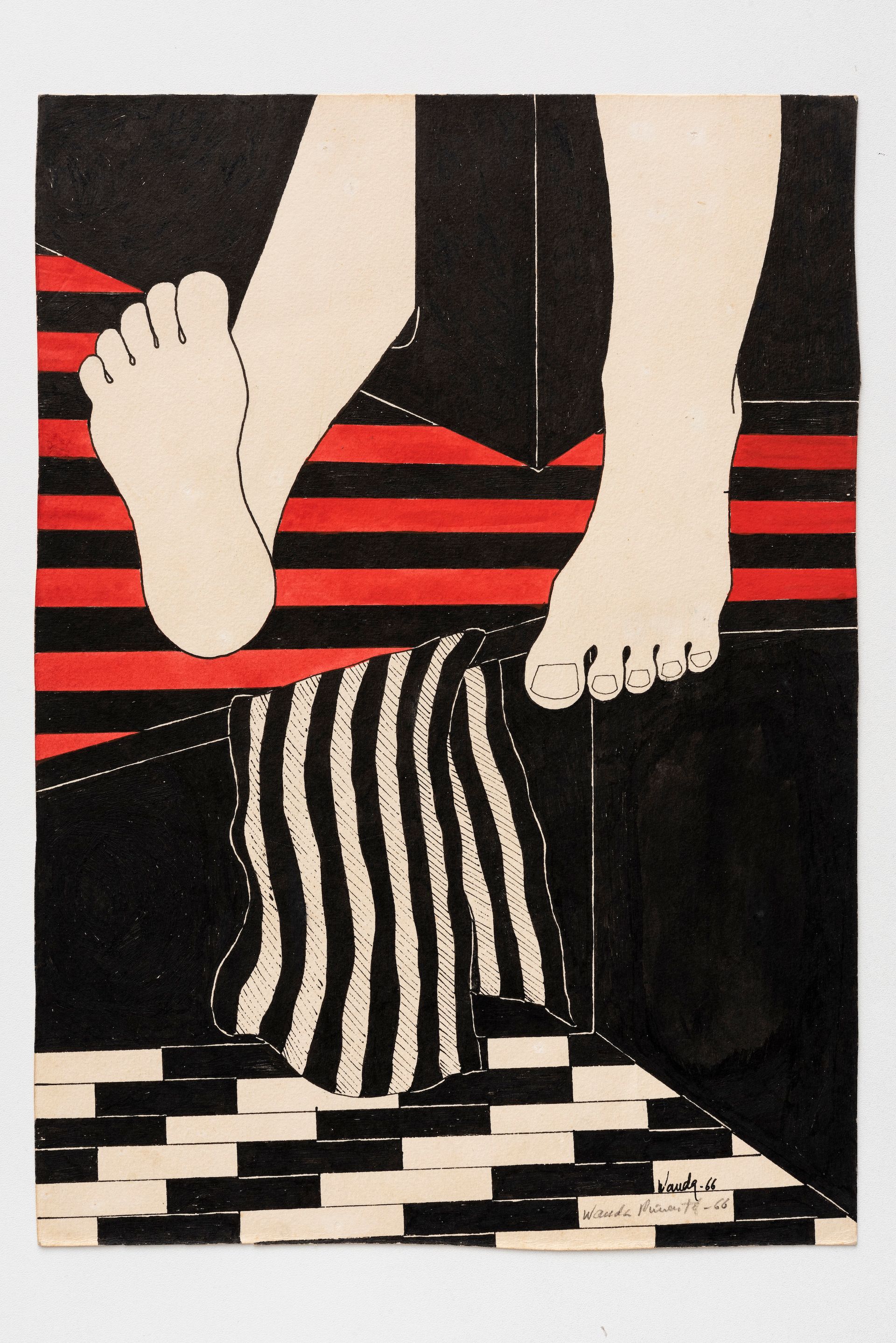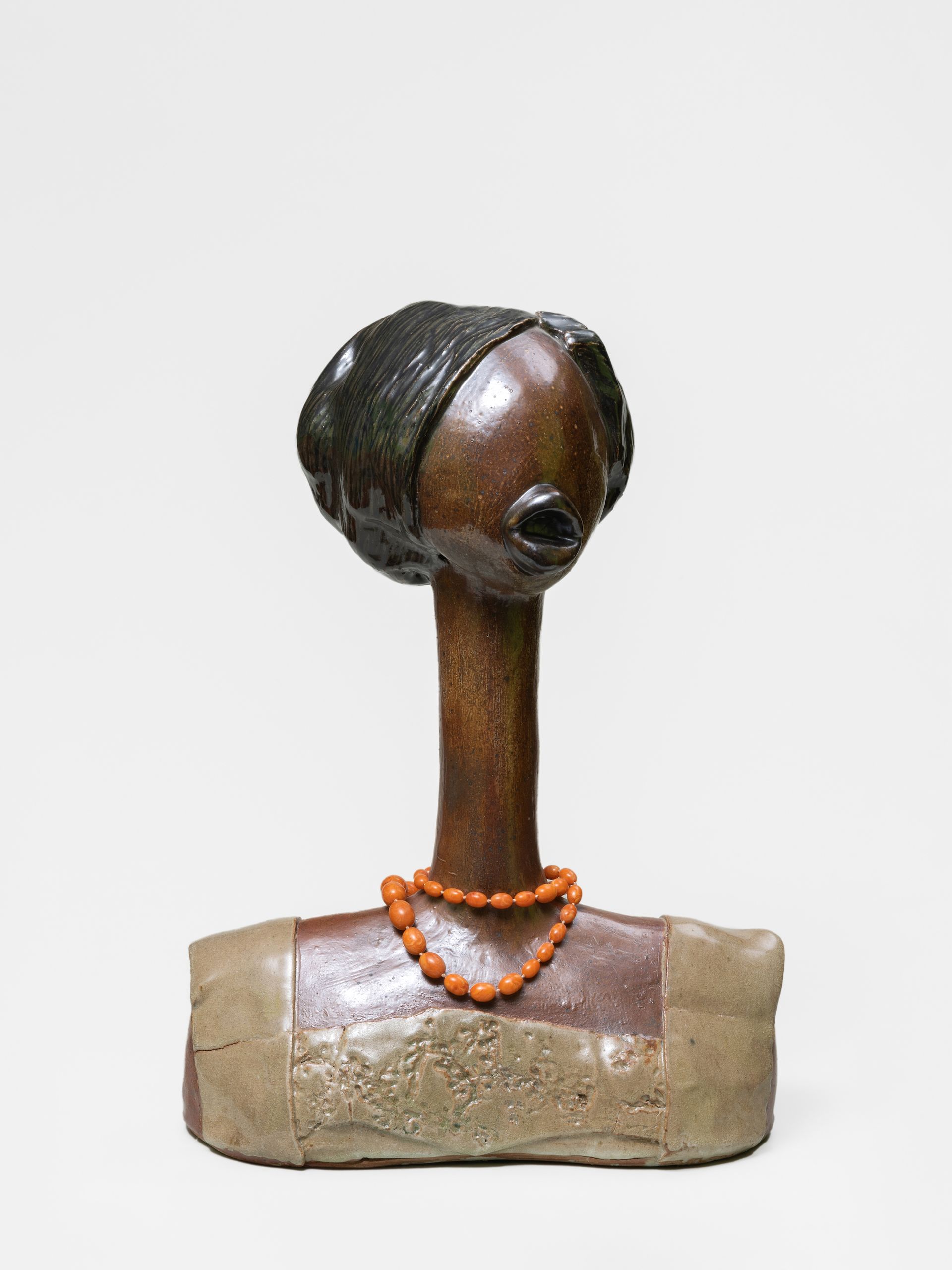The second edition of Independent 20th Century will open at Cipriani South Street on 7 September with 33 international galleries exhibiting art made between 1900 and the early 2000s. “The more you search, the more you find,” Elizabeth Dee, the fair’s founder and CEO, told The Art Newspaper. “There is an endless broadening of understanding of this time period—it just feels vast.”
A large portion of the material on view was overlooked at the time of its making due to social and political prejudices. “With more investigation, the associations between artists become clearer,” Dee says, and keeping track of work created after 1970 has been easier, “but discovering how work by women, Black and queer artists from the 1910s and 20s was preserved by people who valued them is a gift”.
The fair was launched last year, after Dee noticed a shift in how people view the last century’s art and the growing number of museums attempting to correct and reorganise their collections to make room for previously unrecognised artists and their works. While the institutions have a mountainous amount of work ahead of them, the market interest for works by historically marginalized artists has experienced a significant rise.

Wanda Pimentel, Untitled, from the Path to the Superhuman Tie series, 1966 Courtesy Fortes D’Aloia & Gabriel, São Paulo/Rio de Janeiro
A striking case in the fair’s attempt to posthumously expand the reach of overlooked artists is Fortes D’Aloia & Gabriel’s solo stand for the Brazilian artist Wanda Pimentel (1943-2019), who never had a solo exhibition in the US in her lifetime. The meticulous presentation of Pimentel’s paintings of geometric precision and Pop Art exuberance (“a larger version of this booth could easily be shown at an institution like the Guggenheim”, Dee says) is the result of two years of research and preservation.
Another research-heavy participant is Hauser & Wirth Institute, whose two-person stand shows archives of the Pakistani artist Zahoor ul Akhlaq (1941-1999) and the American artist Mary Dill Henry (1913-2009). The entirely non-commercial presentation of the Swiss blue-chip’s recently established non-profit leg stems from collaborations with Asia Art Archive and Paul V. Galvin Library’s University Archives and Special Collections at Illinois Institute of Technology.
“We were drawn to Independent 20th Century’s focus on reassessing the canon to make it more inclusive and representative,” says Lisa Darms, Hauser & Wirth Institute’s executive director. “With the direct engagement with the public that the fair enables, and the opportunity for people to see selections from archives in person, we’re expecting to have some great conversations with fairgoers about the potential and importance of archives.”

Mary Dill Henry painting a mural Courtesy University Archives and Special Collections, Paul V. Galvin Library, Illinois Institute of Technology
Archives will also be a part of Donald Ellis Gallery’s stand, dedicated to baskets by the Washoe weaver Louisa Keyser, also known as Dat So La Lee (1829-1925). The Annabelle Selldorf-designed presentation will include vitrines with ephemera about the artist’s early market presence in Nevada during the heyday of the Arts and Crafts movement, in addition to displaying five of her rare baskets.
Meanwhile, Salon 94 Design’s stand will be a solo presentation of busts by the Baltimore-based ceramicist Myrtle Williams (born 1938), whose subjects include Ella Fitzgerald and Billie Holiday, as well as everyday women. The gallery’s owner, Jeanne Greenberg Rohatyn, explains: “In 1984, Williams found her hand in the ceramic studio of Montgomery County Community College where, until 2019, she envisioned, threw, coiled, carved, adorned, painted, glazed and fired some 300 ceramic Black female busts.” The design gallery’s participation for the second time speaks to the thinning hierarchies between not only histories but also creative practices.

Myrtle Williams, Flora Batson (Queen of Song), 1991 Photo: Joseph Painter, courtesy the artist and S94 Design. © Myrtle Williams
Neatness has always been a part of the Independent brand, but this sophomore edition particularly stands out with its intimate scale and inclusion of galleries lesser-known to American collectors. “We try to get galleries you don’t see everywhere or those that don’t do fairs; otherwise, the whole affair gets boring,” Dee says, and rotating 20% of the gallery list every year helps diversify the list and avoid filling stands with the usual suspects. “Showing the latest Damien Hirst in green isn’t going to excite our well-informed audience,” says Dee. “If we are going to look at the past, let’s do so maybe by talking about Coenties Slip and how, for example, gentrification changed the face of New York City.” (Coenties Slip is a piece of land in Manhattan’s Financial District that, in the 1950s and 60s, was home to artists like Agnes Martin, Robert Indiana and Ellsworth Kelly. Today, fittingly, it is a short walk from the Independent 20th Century’s Cipriani South Street venue.)
“The questions of ‘why this?’ ‘why now?’ really bring the fair forward,” says Dee, and within a commercial environment, she notes that “an intellectually generous approach” is still fundamental. “I am a big believer that no material should be dummied down,” she says, “and the original source should be brought forward as much as possible.”










